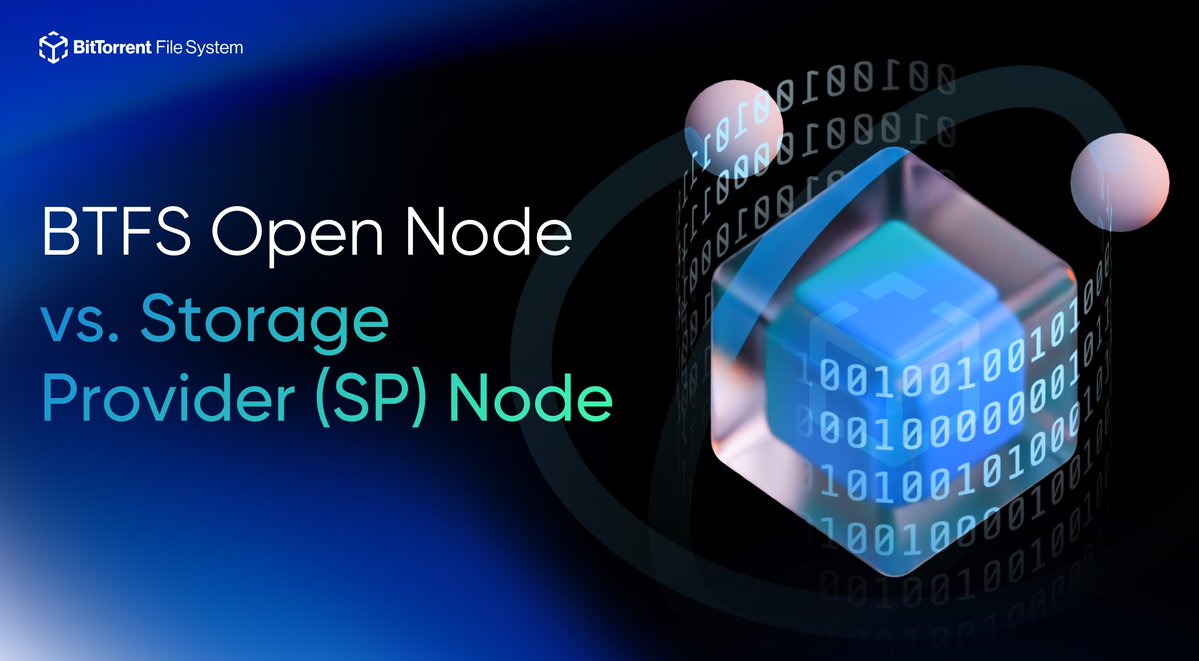Clean breakdown
Open Nodes = the onramp, plug in, learn the flow, add capacity
SP Nodes = the backbone, higher bar, reliability first, rewards follow
Two lanes, one network. Start scrappy, graduate when your ops are boring and your uptime is a promise, not a hope
If you’re optimizing for learning, spin an Open Node today
If you’re optimizing for trust and yield, read the requirements twice, then over-provision once
Also: don’t underestimate ops. Monitoring, alerts, redundancy. Reliability is the moat
Who here runs both? What’s your real-world curve on hardware, bandwidth, audits, payout variance
Good step by BTFS making this explicit
@justinsuntron @BitTorrent #TRONEcoStar #Tron #TRX
🔍 To address a frequent community question, we've outlined the differences between BTFS Open Nodes and Storage Provider (SP) Nodes.
▫️ Open Nodes: fundamental nodes anyone can freely deploy to join the network.
▫️ SP Nodes: high-performance validator nodes with strict requirements, designed for reliable storage and eligible for rewards.
🔗 Full comparison:

4.74K
15
The content on this page is provided by third parties. Unless otherwise stated, OKX is not the author of the cited article(s) and does not claim any copyright in the materials. The content is provided for informational purposes only and does not represent the views of OKX. It is not intended to be an endorsement of any kind and should not be considered investment advice or a solicitation to buy or sell digital assets. To the extent generative AI is utilized to provide summaries or other information, such AI generated content may be inaccurate or inconsistent. Please read the linked article for more details and information. OKX is not responsible for content hosted on third party sites. Digital asset holdings, including stablecoins and NFTs, involve a high degree of risk and can fluctuate greatly. You should carefully consider whether trading or holding digital assets is suitable for you in light of your financial condition.


